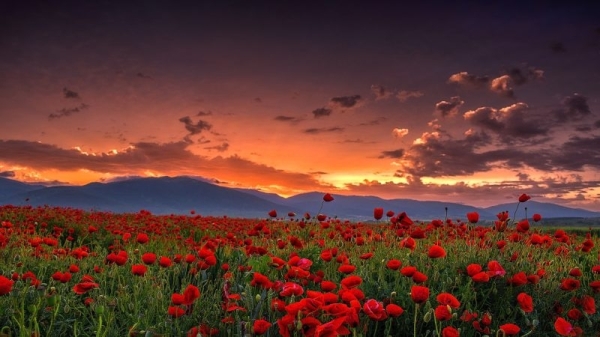Building a future for European fragrance in a time of changing rules

Fragrance is part of our daily lives, in ways which can surprise and delight. Scent can elicit memories and underpin attraction. It is an integral part of our cleanliness and hygiene habits. Fragrance contributes to our well-being and self-esteem. Fragrance is essential because without it clean wouldn’t smell clean, fresh wouldn’t smell fresh, and new would smell old.
Fragrance, of course, comes in a range of types, which are used in consumer goods ranging from fine fragrance to personal care and household cleaning products.
Regardless of where that fragrance finds its application, the work and expertise that goes into crafting a fragrance takes years of dedication, experimentation and practical knowledge. From the selection of fragrance raw materials, to their processing, refinement, blending and use there is as much science as there is art. Your clothes smell clean and your scent delights you because, literally, centuries of innovation has gone into crafting each fragrance.
Three of the best-known floral scents are derived from rose, lavender and jasmine. These underpin renowned fragrance creations that any consumer will be familiar with.
Fragrance is solidly rooted in Europe and it shapes European regions, with magnificent fields of flowers carpeting some of the most beautiful terrains on the continent. These cultivations contribute to a dynamic socio-economic ecosystem, sustainable tourism, and rural and regional development. They form part of our distinctive patrimony. For instance, Grasse, in France, is known worldwide as a capital of perfumery, and it is recognized by UNESCO as part of humanity’s unique cultural heritage.
Grasse is twinned with Kazanlak, in the center of Bulgaria’s Rose Valley. Their partnership is a symbol of the EU’s longstanding connection to scent – incarnated in numerous European regions, from those that grow Italian bergamot, to Spanish lavender or Nordic pine. These areas are hives of rural development – supporting thousands of jobs and producing some of the best quality fragrance ingredients in the world.
Bulgaria is the world number one in the production of rose and lavender oils. This is no cottage industry: without the considerable success of these regions, the modern fragrance sector would not exist in its current form.
As essential and grounded in history and European cultural heritage fragrance might be, fragrances themselves are still, practically speaking, chemical substances. They are mixtures of a range of molecules. A flower is not a simple creature, and its scent profile can be composed of hundreds of different individual components.
There are around 3,600 or so fragrance ingredients in the perfumer’s palette. Many fragrances in this ingredients list have been in use for centuries. These days when using any fragrance ingredient, the modern fragrance industry is obliged to refer to standards set by the International Fragrance Association – which has restricted or banned the use of certain fragrance ingredients which, in peer-reviewed safety assessments, have been found to have potentially adverse effects and therefore require risk management-based use restrictions.
The IFRA Standards underpin the fragrance industry’s product stewardship and self-regulatory regime, and this is supplemented by EU laws, particularly chemicals handling rules. They ensure that the fragrance that you experience in the world around you is safe to use and deployed in the right doses, depending on what it’s used for.
The ‘challenge’ that the sector currently faces is that under proposed EU rules, fragrance ingredients will no longer be regulated on the basis of their dose, exposure and end use, but rather on their intrinsic properties. This is to say, they could be restricted because of what they contain not because of how they are meant to be used.
Such an approach, if implemented without consideration for the specific characteristics of fragrance could hammer entire olfactive families. These families make up the scents known and loved by consumers around the world, and their absence would be felt – and smelled!
The traditions, skills and innovations in both Grasse and Kazanlak, as well as other fragrance-producing regions across Europe, could come under severe pressure. The SMEs that underpin these regions would also struggle.
There is a real need to build a constructive dialogue in order to resolve this situation. The revisions to EU chemicals legislation could, if done right, boost the fragrance industry’s competitiveness and better meet the goals of the EU Green Deal.
To this end, policy makers and representatives from the world of fragrance are meeting in Kazanlak this week to highlight the opportunities and challenges of balancing the EU Green Deal ambitions with the sustenance of a culturally important, economically noteworthy and deeply innovative sector.
Fragrance has a unique meaning to each of us – even those who do not believe it matters to them. Everyone has a nose, and scent brings meaning in ways which scientists are still discovering. As we consider the future of our sector in a world of changing rules – please consider what it would be like to live in a future without the olfactory sensations you know and love.



